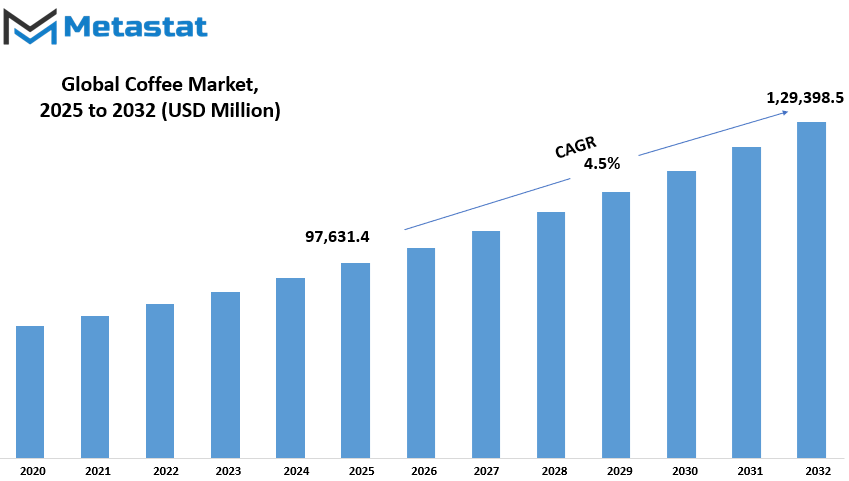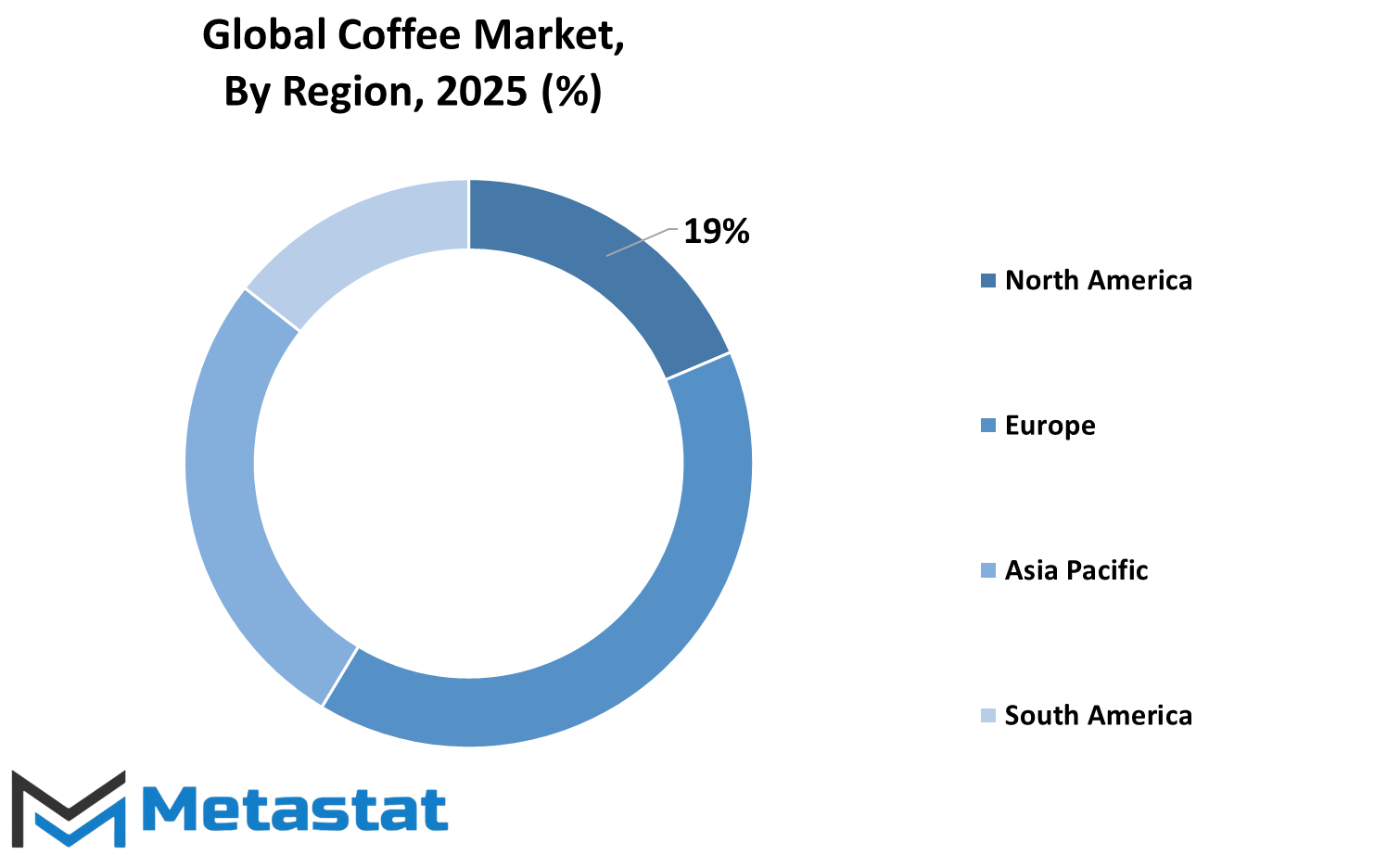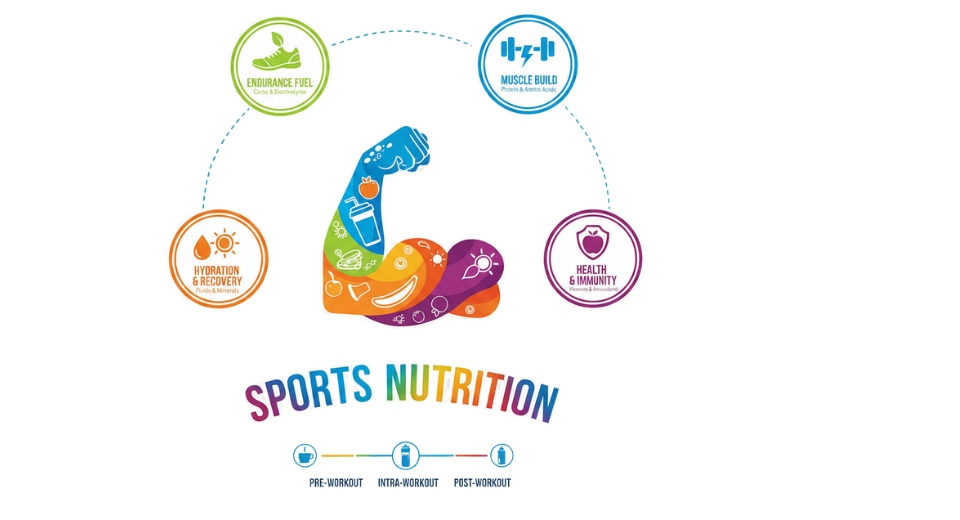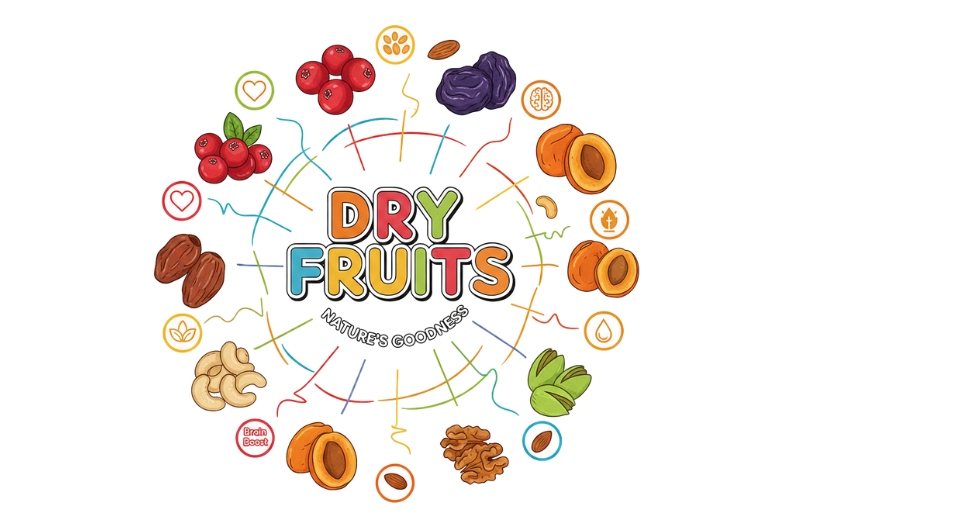MARKET OVERVIEW
The Global Coffee market and its industry will play a great part in shaping the economy, culture, and consumer behavior in scenarios to come. Coffee, or rather the culture surrounding it, is considered even more than a drink; it is a global phenomenon that connects people of various backgrounds and creates an environment where shared experiences flourish. Therefore, as a commercial venture and cultural signifier, the coffee market will be uniquely poised to prosper indefinitely.
Within the next decade, the significance of coffee will rise beyond being just an essential beverage for daily living. The Global Coffee market will have its demand driven by an emphasis on quality, sustainability, and ethical sourcing; thus, it will witness changes in consumer preferences. Consumers are beginning to pay more attention to the origins of coffee, insisting on ethically sourced and environmentally friendly beans. Beyond taste, eco-conscious practices throughout production and distribution will be a priority among consumers and producers alike.
In those areas, innovations will take place in how coffee is prepared, packaged, and distributed. Technological advancement, especially concerning optional brewing methods and at-home coffee machines, will allow the consumer maximum choice and ultimate control over their coffee experience. These forthcoming avenues will provide convenient means of consuming one's favorite drink, thus effectively converting coffee consumption into a trend absolutely favored by the masses.
Traditional coffee shops and cafes have always been the epicenter of coffee culture and will continue to evolve according to the changing expectations of consumers. The Global Coffee market will see the emergence of tech-savvy coffee experiences that are immersive in nature. In the cafes of the future, coffee will simply be one of the offerings on the menu; it will become a platform for community-building through the synthesis of technology, art, and culture. Digital interfaces, personalized service, and experiential elements will characterize the modern coffee shop experience, thus aiding in the transformation of these spaces into gathering point sites for creativity, innovation, and social interaction.
This tech transformation will light the spotlight on local and specialty coffee varieties. By unpacked products with unique blends, single-origin coffees, and distinctive flavors appealing to the steadily increasing base of discerning coffee drinkers, small independent growers and roasters will claw out a niche for themselves in the competitive arena. Increasingly discerning demand for single-origin coffee and artisanal products will stimulate market diversification, thereby allowing regional players to shine as brightly as global brands.
Global Coffee market is estimated to reach $1,29,398.5 Million by 2032; growing at a CAGR of 4.5% from 2025 to 2032.

GROWTH FACTORS
A slew of factors affecting change in the evolution, growth, challenges, and perspectives of the global coffee market continues. One major growth driver that the industry can boast of is the demand for superior blends or specialty coffees. Indeed, the craving for high-quality coffee products with distinctive tastes and profiles is manifesting across continents. Such trends are particularly manifested in developed markets where institutions and coffee culture have been established for the longest time. That is reflected not merely in an increased demand for such products but also in how changing consumer tastes are proving to be indicative of consumers' willingness to cough up more for high-end experiences associated with coffee.
What is more, it would seem that consumer behavior has shifted due to some health-related conditions. Coffee used to be just another beverage-a person can drink to hold them up-but more and more other ways that it brings to health are coming out. These changes are the effects of providing additional health benefits that are associated with enhanced antioxidants and vitamins or chemicals used in promoting good health within coffee products. While health-conscious consumers try to find ways to incorporate wellness-oriented options in their lives, it is providing coffee products tied to that need.
Another aspect of the coffee market would have to do with the factors that prevent coffee from growing into the above-mentioned dimension: bean price fluctuations and weather changes troubling the growers. For example, while certain coffee segments are quoted to confirm that grower prices are expected to drop in a month by 30 percent within one or two days or that they will sometimes not even be enough to cover production costs due to sudden shifts in the weather, nothing, however, can be predicted concerning harvest crop outcome variations; and so, this is how instability in prices has become detrimental both to producers and consumers and has complicated matters in private business to plan correctly and hold steady prices.
Disruptions in the global coffee distribution because of the global supply chain problems are now those acute challenges. Several causes led to supply chain disruptions, flow interruptions, and price increases: transport delays, lack of skilled labor on the ground, and geopolitical tensions. This has led to some shortage in some markets, increased cost of production, and thus reduced coffee products' availability on a global scale.
However, a country such as this has immense potential in the coffee market to grow beyond what it is currently doing. Increased consumption among the emerging markets of Asia and Africa has attracted a growing middle-class population in relation to economic development. Hence, this opened up enormous avenues for companies now to explore new markets and expand their scope.
MARKET SEGMENTATION
By Product Type
One of the largest and most-emerging markets globally, coffee still remains the preference of choice for many around the world. The market is segmented according to product types since different groups of consumers define preferences and needs. These include Whole Bean Coffee, Ground Coffee, Instant Coffee, and Coffee Pods and Capsules. Each of these product types possesses its own unique characteristics and kind of target market.
Whole Bean Coffee is one of the most lucrative units, with a market size of $36,435.9 million. Whole beans are preferred by many coffee lovers, who feel it is better to taste and provide a more authentic coffee experience. This also means that consumers can grind the coffee beans just before preparing them, thus retaining the flavors and aroma of the coffee. Hence, this preference for freshness is another factor maintaining the demand for whole beans, especially among people who enjoy a more physical and interactive process of coffee making.
Ground coffee, on the other hand, is another extensively accepted product in the coffee market. Pre-ground coffee beans conveniently get ready for brewing and can be very convenient for all those consumers who might not want to amateur away grinding the beans by themselves. The convenience factor does add some weight to the present popularity of ground coffee, as this saves time and effort. Thus, ground coffee is present in many households, offices, and cafes around the world.
Instant Coffee has also carved a huge space in the global market. Speed and convenience are the real charm for this type of coffee, which dissolving in hot water needs no brewing process-just instant coffee from package to cup. Instant coffee is a perfect option for cosmopolitan guys, who, in a glimpse, would like a caffeine shot without much hassle. Though instant coffee suffers from criticism regarding its delicate flavor when compared with fresh brew, it continues to include the market owing to its cheapness and convenience.
Finally, this very notion of Coffee Pods and Capsules is on an unprecedented growth in the recent years. The single-serve coffee goodies became particularly favored by consumers who want convenience and uniformity. Because coffee pods and capsules are machine-specific, they represent both an unhindered and speedy brewing experience. Their easy brewing and wide range of flavors and blends satisfy just about any consumer, quick-grabbers and connoisseurs alike.
The global coffee market will continue to expand and diversify with various product types catering to the different preferences of the coffee drinkers. Whether the freshness of the whole beans, the convenience of the ground coffee, the fastness of instant coffee, or the ease of coffee pods and capsules, there is something for everyone in the market. As consumer preferences evolve, the demand for these coffee products will likely rise in the near future, therefore pushing the development of the coffee trade all around the globe.
By Coffee Variety
The diversity of the different varieties of coffee plays a major role in making the coffee globe big and diverse. The important types shaping the structural design of the coffee market include Arabica, Robusta, and many more. Each of the varieties gives one certain trait that can lead to a difference in their production as well as consumer preferences, which would contribute to the overall characteristics of the world coffee dynamic.
Arabica coffee is known as the most consumed coffee all over the world, popularly termed as smooth-mild flavored and with a dirty-low bitter quality. Most Arabicas grow at higher altitude places, having a cooler and stable climatic condition. Arabicas form more than half of the global production of coffee consumed by the poor populace said to relish that variety. Most beans that belong to Arabica are superior in quality; thus, they yield a more refined and flavorful cup of coffee. Hence, it is generally found in specialty coffee shops and premium blends, making it a choice for fussy drinkers.
However, Robusta coffee is quite different as it is a type of coffee considered to be stronger and stronger and is often associated with beverages with pure taste that is bold and bitter. Robusta generally grows best under low altitudes and hot temperatures. It is quite generally considered easier to cultivate than Arabica beans. It is richer in caffeine, which imparts to it a more robust flavor compared to Arabica and is massively marketed in instant coffee and other mass-marketed blends. Robusta is cheaper to produce, which explains very well its preference in those areas where cost is the reason for drinking coffee. Besides, the yield of these beans is significantly higher. Thus, it forms an essential part of the world coffee supply.
The coffee market is not made with only Arabica or Robusta. It is another kind of coffee that accounts for a very small percentage of the total production. These coffees are mostly grown in certain areas, which tend to fit well into their niches, with some very special and unique flavors and characteristics that make them interesting for these very specific niche markets. Though not very widespread when compared to Arabica and Robusta, these coffees contribute to the variety of coffee accessible to consumers.
Different tastes, challenges of production, and varied states of the economies form factors that majorly influence the global coffee market at different times. Demand for high-quality coffee would seem to increase in the coming years, and the frenzy for Arabica will continue, while Robusta and other varieties would also have a share in their fate pertaining to the competition in the potentially growing market. Thus, these varieties of coffees will hence determine the future of the coffee industry and keep coffee as one of the most widely consumed beverage in the world.
By Distribution Channel
The coffee market at the global level has been created fantastic miracles and has been these ways for many years now because so many factors have come into play towards the development of this market. One of the significant ways the market has been tagged is by distribution channels a very vital route of coffee reaching the consumer. This is subdivided into two main portions: On-trade and Off-trade.
On-Trade is that part of the market where coffee is sold for consumption in a venue specially set up for coffee visiting patrons: cafes, restaurants, hotels, and such other food service establishments. This area grew ever so steadily given the extensive demand for quality coffee experience and the increasingly hip specialty coffee shops. Some consumers desire high-end brews and would want that to be experienced-they cannot easily duplicate these at home. These places have become a part of coffee culture, and they are prime areas for social experiences with good food and coffee.
On the contrary, the Off-trade segment contains coffee bought for in-home and other off-site consumption, such as supermarkets, online shops, and retail stores. Off-trade has developed huge popularity owing to in-home brewing machines, with coffee pods increasing. It has given that many consumers decided to brew their coffees at home because they would be saving money and also have the power to choose between many coffee types and brands. This behavior change towards home-based consumption has resulted in increased sales through supermarkets and online retailers.
They both add equally in defining the dynamics that make up the coffee market. On-trade brings in a personal touch of experience as the latte is prepared right before the customer by a barista, while Off-trade, on the other hand, is convenient and frugal as one can enjoy what he loves from home. If the coffee market expands, the two segments will be defined for different lifestyle ways and preferences regarding the consumer needs across the world.
On the whole, such a separation portrays how the consumers will have disparate demand levels through different distribution channels. Both segments will clearly have some bearing to shape the future of the global coffee market, as the fast-changing demand pattern will continue to evolve for coffee.
By Off-trade Distribution Channel
The global coffee market has been in a continuous process of evolution, and over the years, some major shifts have taken place, especially in the way the coffee reaches the end consumer. One of the primary channels of distribution for coffee is off trade, which includes any sales of coffee outside cafes, restaurants, or other locations that use their coffee indoors for ready consumption. The off-trade channel itself plays a major role in the distribution and purchasing of coffee around the world. Such an off-trade channel can be further partitioned into some major divisions: supermarkets and hypermarkets, convenience stores, specialist retailers, and further off-trade channels.
In fact, most of the off-trade coffee market comprises supermarkets and hypermarkets. It is within these stores that one gets most residue of coffee brands and things-from ground coffee, capsules, and up to whole beans. Cheap, easy, and sometimes more effective to compare other prices and options, supermarkets and hypermarkets essentially offer consumers purchasing coffee, typically, along with his/her grocery shopping.
Convenience stores have a very important position in the off-trade channel distribution of coffee. These stores are very easy to reach-most of the time they work 24 hours a day-and are set up in a place where many people walk around so they are easy to weigh when choosing what store to go to for coffee. They usually have ready-to-drink coffee, instant coffee, and ground or bean coffee, and offer quick and easy solutions for people.
Specialist retailers are those who only deal in coffee and related products. They usually have a whole bunch of premium and specialty brands and are dedicated towards bringing high quality coffee. Most of these specialist retailers would cater to the individual coffee lovers, who want something beyond the normal coffee found in supermarkets or convenience stores. These specialty retailers usually provide unique blends and single origin beans, but they make a good part of their income from the sale of accessories like coffee equipment and grinders, so that they become destinations of choice for all those who care too deeply about their coffee.
Not only those very big examples constitute the entire tail of off-trade distribution channels through which coffee finds its way into consumers' hands. Other forms of off-trade channel include those offered online, which import coffee from the brands/retailers directly into the home, and some specialist channels like department stores or bulk retailers.
These off-trade channels are also vital in making coffee available to consumers. Each of these channels of distribution serves its purpose and fulfills the need of every type of drinker. Thus, coffee keeps its position as one of the most preferred beverages of people around the world. And the more coffee gets demanding, the more changes might happen in future in the way they are distributed making it easier for consumers to enjoy their favorite drink in various ways.
|
Forecast Period |
2025-2032 |
|
Market Size in 2025 |
$97,631.4 Million |
|
Market Size by 2032 |
$129,398.5 Million |
|
Growth Rate from 2025 to 2032 |
4.5% |
|
Base Year |
2024 |
|
Regions Covered |
North America, Europe, Asia-Pacific, South America, Middle East & Africa |
REGIONAL ANALYSIS
In order to bring forth a detailed understanding of market trends and demands, the coffee market is then further segmented into - North America, Europe, Asia-Pacific, and South America & the Middle East & Africa. South America, among others, has intense competition with the other regions in the global coffee market, a country that is predominantly a fluid industry differentiated through various regions depending on geographical factors.
The coffee market in North America is divided into the U.S., Canada, and Mexico. The U.S. stands out as the major market among them, overwhelming in consumption volumes, usually due to the strong coffee culture. The next best country is Canada, and then a coffee-producing country like Mexico becomes a significant contributor to the market dynamics in the region.
Europe can be regarded as another important market division with some key territories such as the UK, Germany, France, Italy, and the Rest of Europe. The UK has the highest consumption of coffee, as coffee shops are part of the culture. Germany and France account for large coffee markets, as both are considerable consumers and have some of the largest coffee roasters in their countries. Finally, Italy, which is well known around the world for espresso culture, further caters to the European coffee market. The Rest of Europe includes other countries that are still growing in the rates of coffee consumption and contribute to the total growth of the market from this region.
Apart from that, Asia-Pacific is the other major division of coffee, consisting of a group of countries; India, China, Japan, South Korea, and the rest of Asia-Pacific. The country Japan boasts a well-developed coffee market with a long history of consumption. Coffee culture in South Korea has thrived rapidly as coffee chains developed and trendy cafes came into existence. Although largely a tea-drinking country, China's consumption of coffee has dramatically increased, particularly in urban areas hitherto. Since India boasts of an economically growing class, it is increasingly showing demand for coffee as well.
At the same time, Coffea market in South America is dominated largely by Brazil followed by Argentina and the Rest of South America. It is the world's largest producer of coffee and therefore holds a significant say in the global coffee market. Argentina, great coffee culture today, may not be as big in production compared to Brazil, but caters well to the regional market.
Lastly, the Middle East & Africa region would include the GCC countries, Egypt, and South Africa, and the Rest of Middle East & Africa. Due to urbanization and middle class, the GCC countries have been witnessing increasing coffee consumption. Egypt and South Africa are important players with a growing demand for coffee in certain key areas, especially in an urban setting. The Rest of Middle East & Africa brackets the rest of the countries that have relatively smaller but steadily growing coffee market.

COMPETITIVE PLAYERS
There has been a recent wonderful advancement in the global coffee industry emerging from the effort of major companies. Coffee companies are therefore closely related to industrial development and are tasked with providing a wide range of products to serve the wants of customers. Critical players in this scenario include JAB Holding Company, Starbucks Coffee Company, Strauss Group Ltd, Nestle SA, LUIGI LAVAZZA SPA, the Kraft Heinz Company, Smucker's, the Coca-Cola Company, Tata Global Beverages, Melitta, Community Coffee, and Tchibo GmbH.
JAB Holding Company is one such great company whose organizational umbrella also includes several famous coffee brands like Peet's Coffee and Caribou Coffee. Their extensive presence globally has enabled them in growth and sustenance as dominators in the globalized and competitive coffee market. Starbucks Coffee Company is another powerful force along with such premium coffee beverages and an extended network of coffee houses, making it a household name in several countries and further spurred onward with innovations of new offerings to keep ahead in the market.
Just like this giant in the coffee business comes in, Nestlé SA is a big player in instant coffee and espresso systems through its Nescafé and Nespresso brands. Thanks to the large portfolio offerings of this company catering for different segments of coffee consumers-from instant coffee to high-end espresso systems-hailed as kings of the coffee market. Another household name is LUIGI LAVAZZA SPA, an Italian coffee brand. The Lavazza brand offers an extensive product collection of coffee products-both beans and capsules. It has become synonymous with premium Italian coffee culture, relished by customers all over the world.
Other names in the coffee business include The Kraft Heinz Company and The J.M. Smucker Company. Maxwell House, with its affordable coffee products, is the brand that The Kraft Heinz Company owns. J.M Smucker with Folger and Dunkin' is another coffee major that offers products that cover all tastes.
Tata Global Beverages with a major footprint in tea also has coffee under the Tata Coffee brand. For high-grade coffee beans, coffee machines, and other coffee-related products, Melitta and Tchibo GmbH are available. Heavily tied to the American coffee culture, Community Coffee has an extensive variety of coffee blends. In partnership with many others in the market, they continue to form an innovative industry that responds to the growing global demand for coffee. These companies' combined activities will contribute toward the dynamism and diversity present within the global coffee market.
Coffee Market Key Segments:
By Product Type
- Whole Bean
- Ground Coffee
- Instant Coffee
- Coffee Pods and Capsules
By Coffee Variety
- Arabica
- Robusta
- Others
By Distribution Channel
- On-trade
- Off-trade
By Off-trade Distribution Channel
- Supermarkets/Hypermarkets
- Convenience Stores
- Specialist Retailers
- Other Off-trade Channels
Key Global Coffee Industry Players
- JAB Holding Company
- Starbucks Coffee Company
- Strauss Group Ltd
- Nestle SA
- LUIGI LAVAZZA SPA
- The Kraft Heinz Company
- The J.M. Smucker Company
- The Coca‐Cola Company
- Tata Global Beverages
- Melitta
- Community Coffee
- Tchibo GmbH
- Blueberry Agro Pvt Ltd
- Buencafé
- CCL Products (India) Ltd
- Dehong Hogood Coffee Co., Ltd.
- Descafeinadores Mexicanos S.A. DE C.V.
- Deutsche Extrakt Kaffee GmbH
- Dr. Otto Suwelack Nachf. GmbH & Co. KG
- HACO AG
- Hindustan Unilever Limited
- illycaffè S.p.A.
- Instanta Sp. z.o.o.
- JDE Peet's NV
- Luckin Coffee (China) Co., Ltd
- Massimo Zanetti Beverage Group S.p.A.
- Neumann Gruppe GmbH (Bernhard Rothfos Processed Coffee)
- Olam International Limited
- PROSOL (Productos Solubbles SA)
- Seda Outspan Iberia, SLU
- Sleepy Owl Coffee Private Limited
- Sucafina SA
- The Good Life Company (TGL Co.)
- Trung Nguyen Group JSC
- UCC Ueshima Coffee Co, Ltd
WHAT REPORT PROVIDES
- Full in-depth analysis of the parent Industry
- Important changes in market and its dynamics
- Segmentation details of the market
- Former, on-going, and projected market analysis in terms of volume and value
- Assessment of niche industry developments
- Market share analysis
- Key strategies of major players
- Emerging segments and regional growth potential








 US: +1 3023308252
US: +1 3023308252






